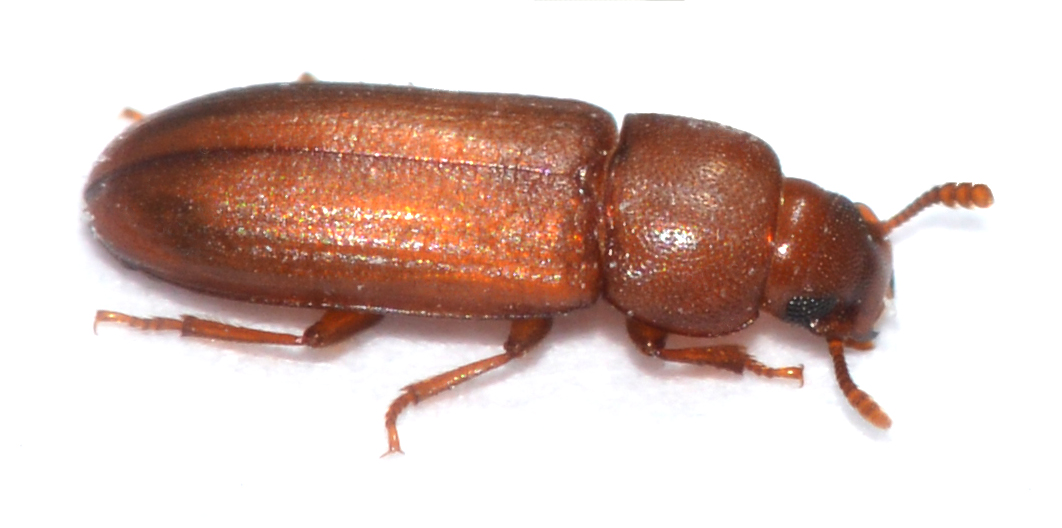Insects are the most diverse group of animals on earth. They inhabit nearly all terrestrial habitats. One of the factors underlying this success is the ability of insect eggs to survive in adverse conditions.
For a long time the ability to survive these adverse conditions has been attributed to maternal investment in the form of a protective eggshell. However, my research in the red flour beetle (Tribolium castaneum) shows that contrary to common belief, insect eggs are far from helpless.
The insect egg itself develops a cellular layer around the egg called the serosa. This serosa protects the developing embryo from dehydration which enables it to survive in dry habitats. The serosa furthermore protects against infection, mounting an impressive immune response upon the entry of bacteria in the egg.
The protection of the serosa against both dehydration and infection shows the importance of the serosa for the survival of the insect egg and thereby the success of insects.
A schematic overview of the Tribolium castaneum egg.
Contrary to other stages of development, insect eggs are unable to move. While the mother insect can easily fly somewhere to drink, the egg has to cope with the water it was provided with when the egg was laid. Preventing the loss of this precious water is crucial for its survival.
One possibility to prevent the loss of water is to lay the eggs in a humid place, a tactic that is used by millipedes and woodlouse. Unfortunately this also means that they have to breed in humid places and because of this are bound to live in humid places. Insect eggs have found a solution to this problem.
They develop an extra layer in the egg called, the serosa. The serosa secretes a cuticle (comparable to our skin), which protects the egg from dehydration. This innovation in insects has given them the ability to live anywhere, also in dry environments. Eggs of one of the few insects that lost the ability to develop the serosa, the fruit fly (Drosophila melanogaster), are unable to survive in dry environments.
The protection against dehydration by the serosa has likely played an important role in the success of insects (1).

The red flour beetle (Tribolium castaneum)
The insect egg can defend itself against infection
Dehydration isn’t the only threat to the survival of insect eggs. We like to eat eggs for breakfast, but also microbes cannot resist the nutrient rich insect egg. By comparing the immune response in eggs with and without a serosa, I found that bacteria grow twice as fast without this protective layer. Furthermore, the egg is able to activate as many immune genes as the adult insect. Eggs without serosa are unable to activate these genes (2).
The serosa-less eggs of the fruit fly prove again that they are sensitive, they can hardly activate any immune gene in response to infection (3). Using microscopy, it became clear that eggs of the flour beetle produce antimicrobial proteins in the serosa. This indicates that it is really the serosa which slows down bacterial growth. So overall it seems that insect eggs are not defenseless all!
References:
(1) Jacobs, C.G.C., Rezende, G.L., Lamers, G.E.M. and vander Zee, M. (2013). Theextraembryonic serosa protects the insect egg against desiccation. Proceedingsof the Royal Society B, 280. http://dx.doi.org/10.1098/rspb.2013.1082
(3) Jacobs,C.G.C. and van der Zee, M.(2013). Immune competence in insect eggs depends on the extraembryonic serosa. Developmental and Comparative Immunology, 41, 263-269. http://dx.doi.org/10.1016/j.dci.2013.05.017




Comments